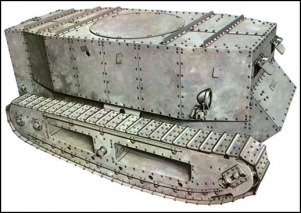1915
Poisonous gases were one of the most common things used in World War I. Gases could be thrown over into enemy lines or trenches, so that soldiers would have to run out into the fire lines of their enemy or be left to die from the deadly poison. There were many different types of gas used. Chlorine gas was one of the most common gases used and was also the first gas used on the battle field. Chlorine gas was introduced during the second battle of Ypres located in Belgium during the April of 1915. Other types of gases included mustard gas and phosgene gas. At first the soldier’s only defense against the gases were homemade rags and cloths soaked in water. Later on in the war more effective gas masks were introduced, and the gas became less effective as a weapon.
Flamethrowers were also introduced in the year 1915. These were a weapon that created a large flame used to burn soldiers of opposing armies. A pack was worn on the back of the user holding a small tank of oil. The oil was pushed through a tube and at the other end of the tube it met a spark which created a large flame. At first they could only shoot approximately 25 meters, but as the war went on they started shooting up to 40 meters.
1917
Tanks first started to show their potential in the year of 1917. Tanks are machines that use tread-tracks to move along the ground. They are covered on the outside with different types of metal for protection and then fitted with a large gun. The first major battle to show the significance of tanks was the battle of Amiens in 1917.
1918
The Automatic rifle (machine gun) was first used by the U.S. army in 1918. The first machine guns required two men to use; one man held the ammo as the other one shot the gun. Over time clips and belts with ammo on them made it possible for one man to operate the gun at a time. One problem that became corrected later in time, was the overheating of the gun.

